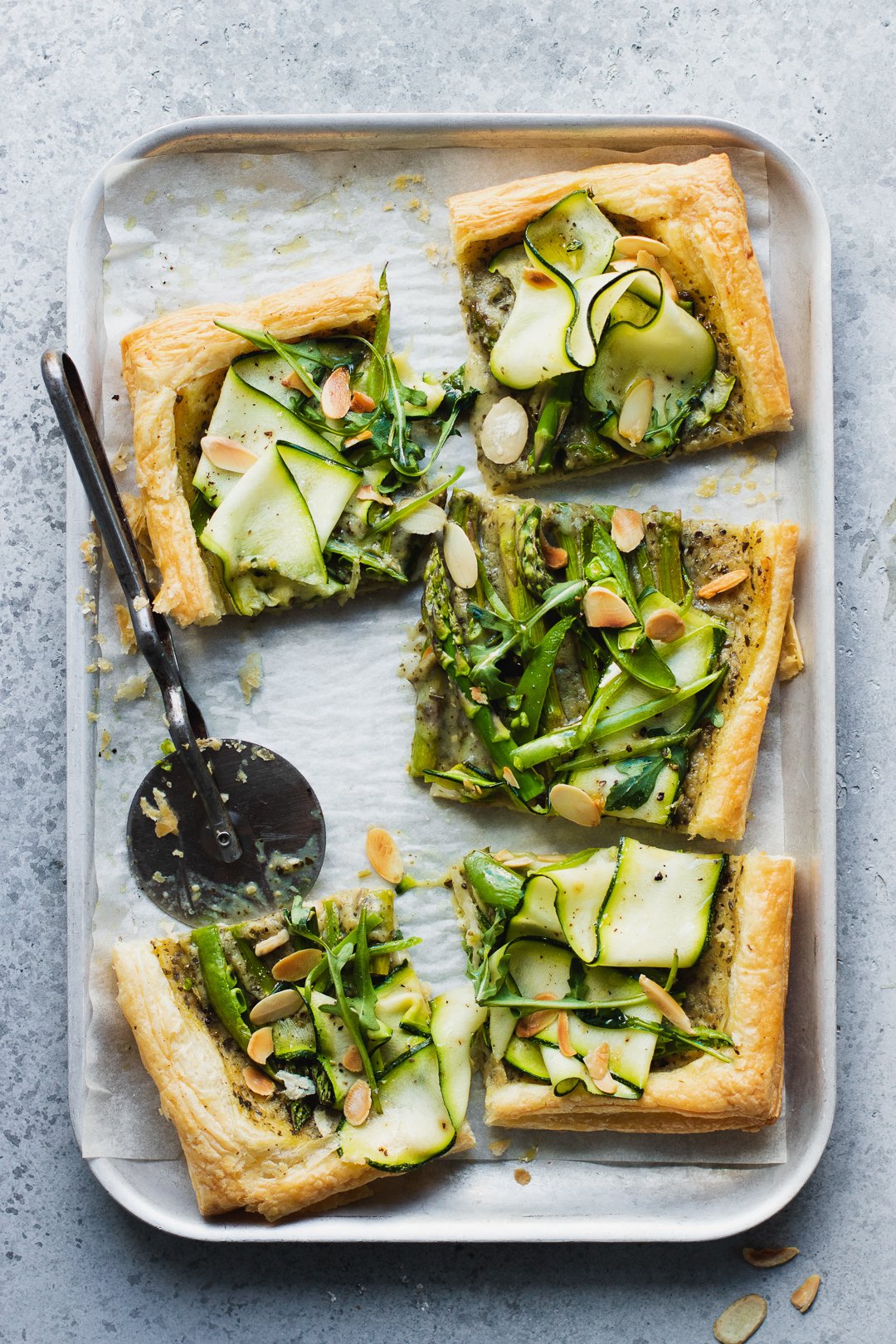How and when to use a flatlay in food photography
There are three core camera angles in food photography: the flatlay, the straight on, and the 45 degree. Each one is used intentionally in different instances and with different subjects in order to highlight specific features of the food. In today’s post, I’ll be running through what a flatlay is, how you can use it in your imagery and the types of food or food scenes that will benefit best from this angle.
You can read more about the straight on angle here and the 45 degree angle here.
What is a flatlay?
A flatlay is an image that’s photographed from above and can also be referred to as an overhead shot, or bird’s eye view. Some photographers and clients might use the term to refer to a specific style of image shot from above, that being a shot with lots of different elements all carefully laid out, but it can also be used to describe anything shot from overhead.
How to capture a flatlay
In order to photograph a good flatlay, you’ll need to be able shoot from directly above your scene. The camera needs to be level in order to avoid any distortion of the image, and you may need to adjust certain elements in the scene to help them appear level too. I always have a few pennies to hand, particularly for glassware, pinch bowls and bottles, so I can tuck them under one side to make the prop appear straight or flat in the final image.
Surfaces and backgrounds play an important role in styling a flatlay, as they bring some all important texture to the scene. When shooting from above, everything that is three dimensional actually appears two dimensional, so texture in the background and additional layers helps to make the images feel more engaging. Linens and other compositional elements can also help here by creating shadowed areas and a sense of movement.
Aperture and depth of field also have a role to play, particularly in relation to the props in a scene. For everything to be in focus, all of the elements need to be of a similar height, while varying heights will create areas that are out of focus, or blurred. Both can be used intentionally to create a slightly different feel to the overall image.
When to use a flatlay
Flatlays are best used to capture images with lots of elements, or foods that have an interesting surface to them. They can be used as a close crop to capture multiple different ingredients within a simple plate, like the yoghurt and figs shot, or the aubergine and lentil example below, or they can be used as a much wider shot to incorporate lots of different elements, like the chocolate doughnut example, or the lemon tart shot below.
Flatlays tend to be the most flexible and most popular way to shoot food, so most subjects would work as a flatlay. That said, it’s not a great angle for capturing drinks or for other foods with height or layers to them, as you miss out on capturing all that detail from the side.
Are you looking for a food photographer?
Hit the button below to see some of my work and to get in touch.
Like this post? Pin it to Pinterest and save for later.











